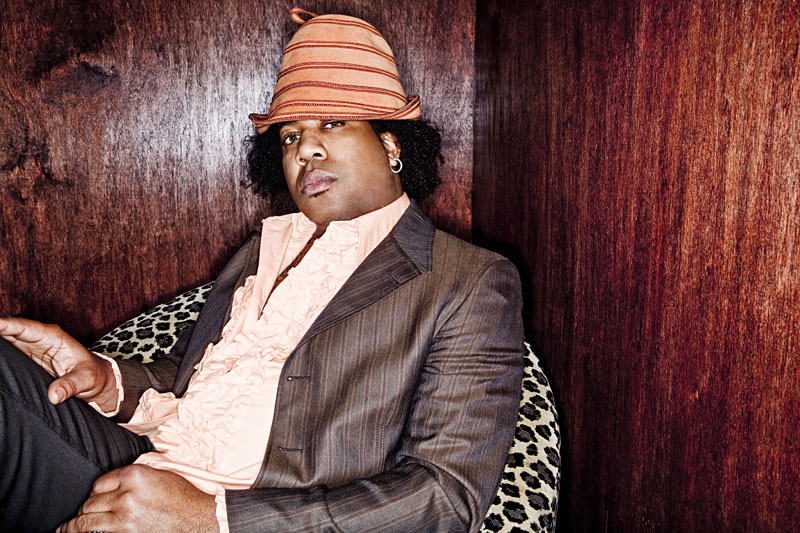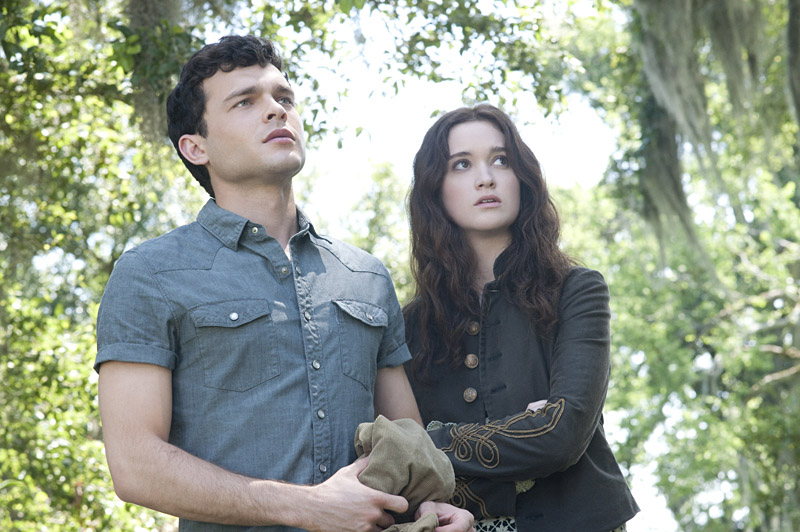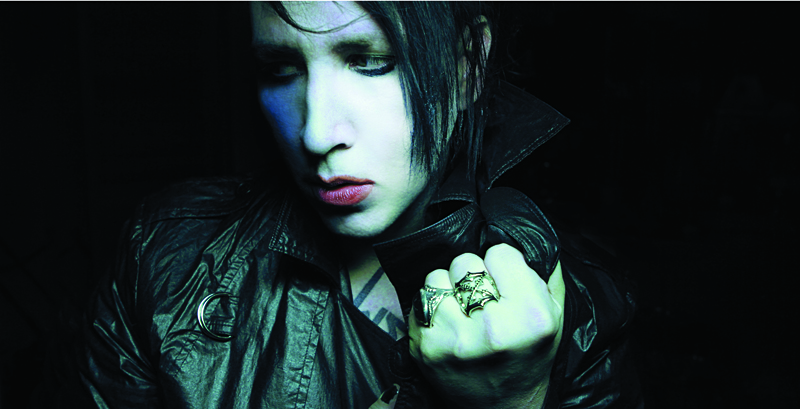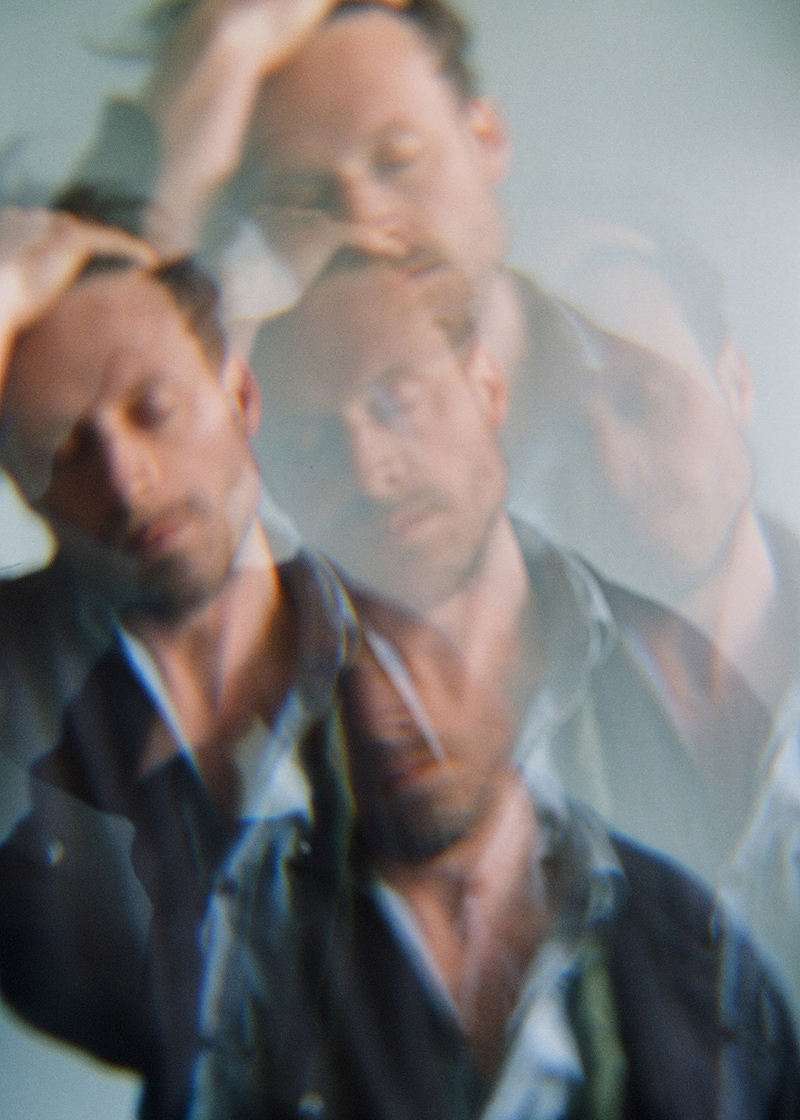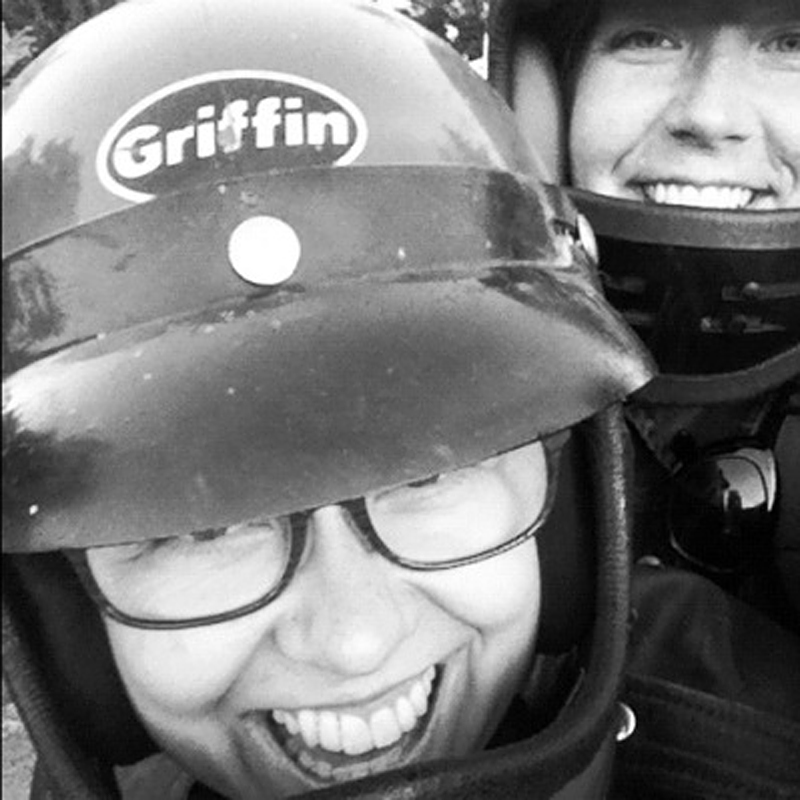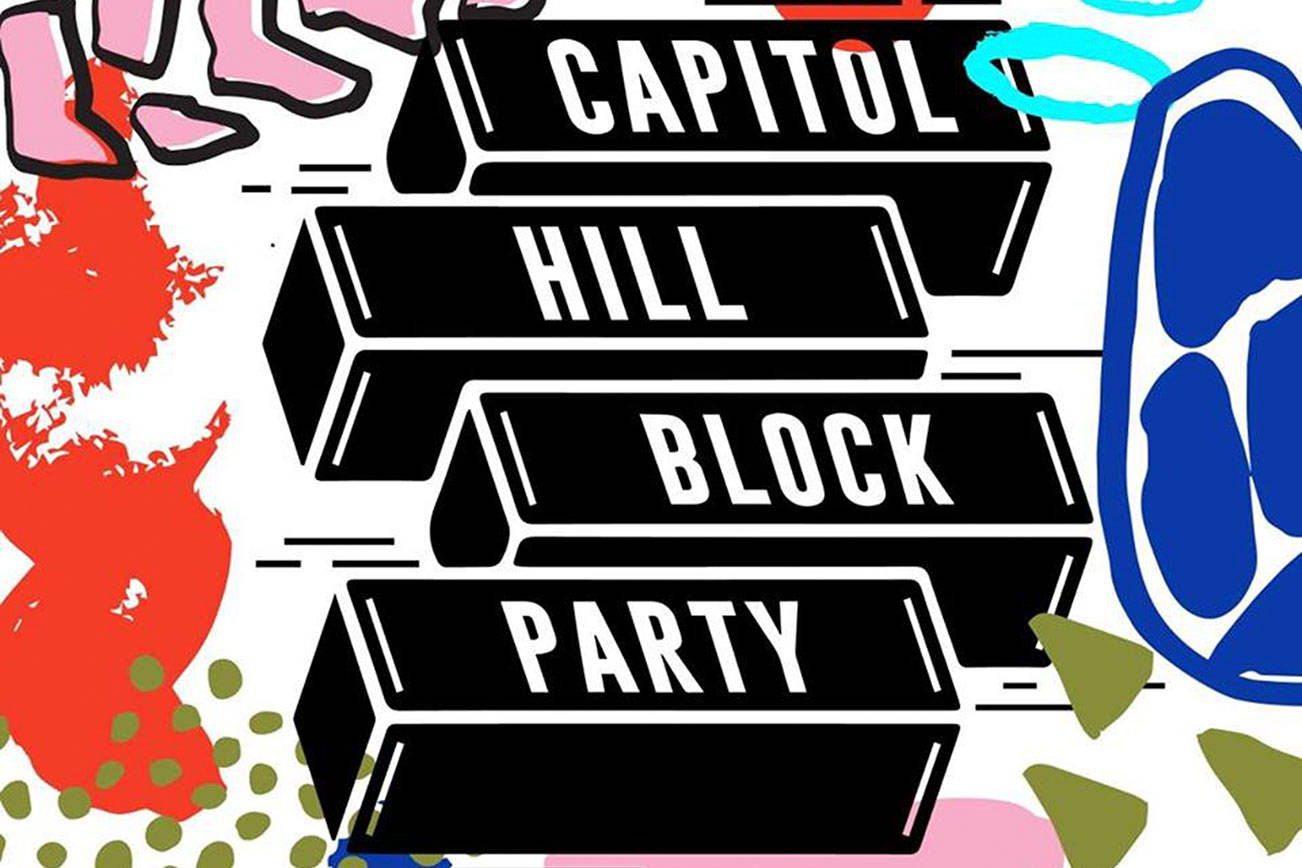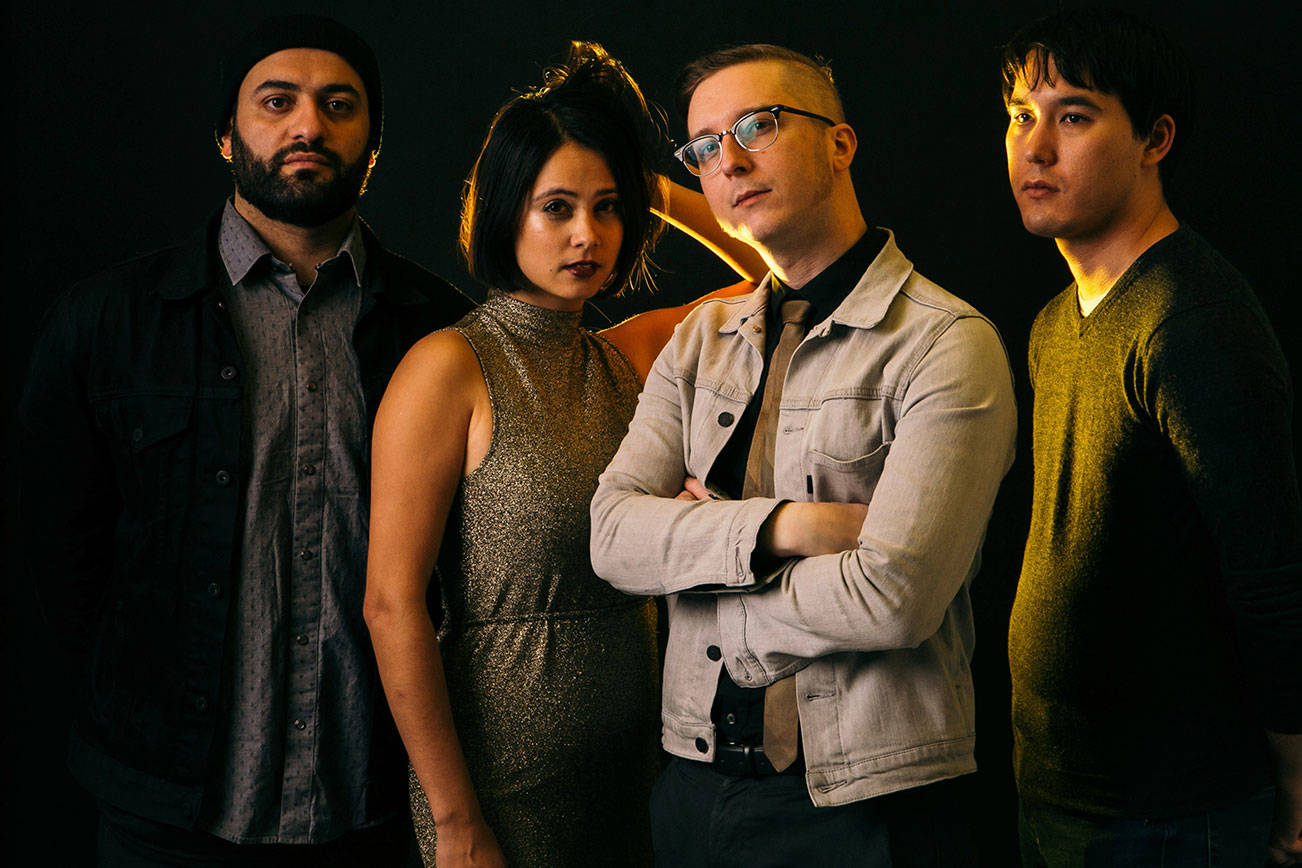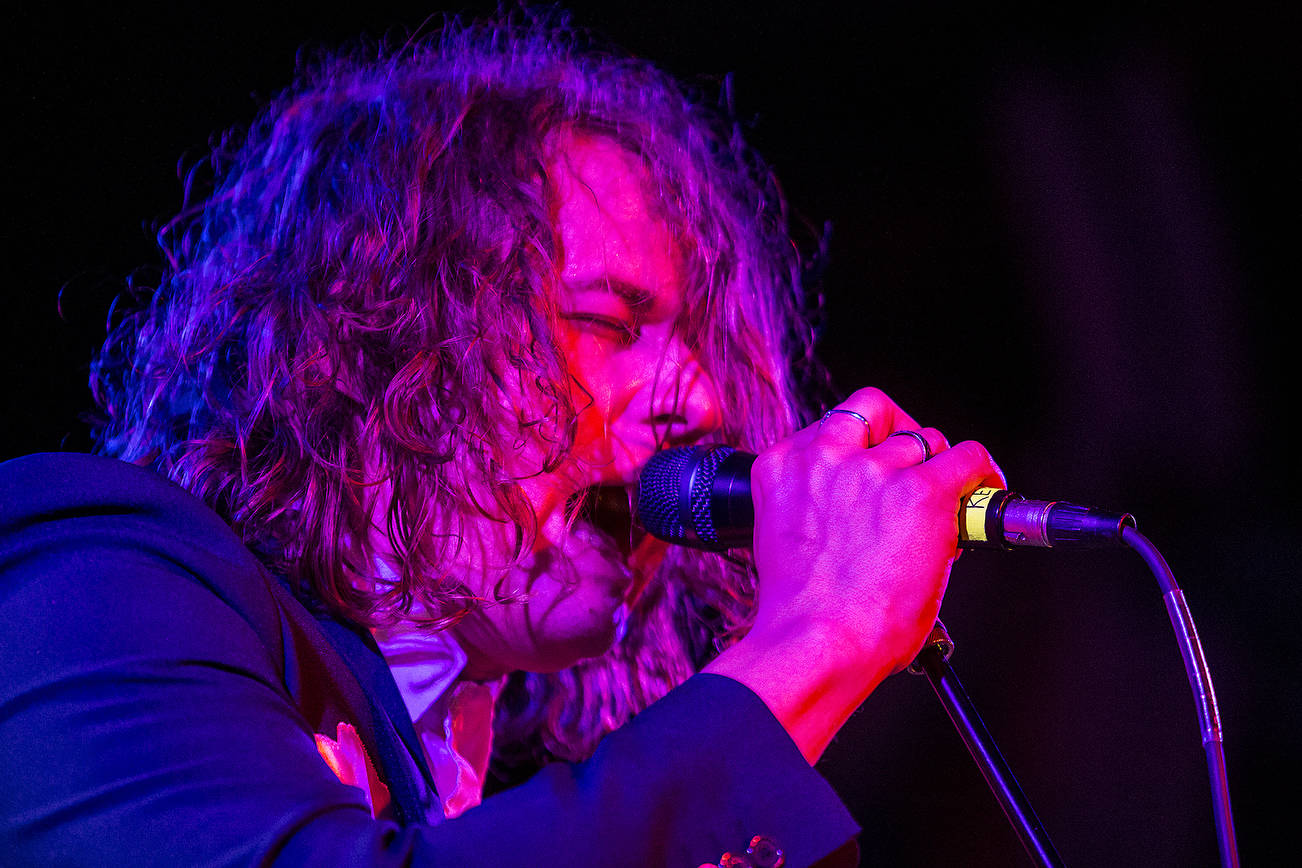SW: What do you think the legacy of the 1991 grunge explosion is for the Seattle scene?
Thaddilac’s Thaddeus Turner: It gave visibility and credibility to the Seattle rock community and certainly left its fingerprints on the culture. It also kind of cemented the perspective that there are only white musicians working in Seattle. I could be wrong about this, but I think the only person of color who came out of that scene was Kim Thayil. And, of course, I played in Brad.
Do you hear many influences of the sound in today’s bands?
Not directly. I always go back to what influenced grunge in the first place. I go back to Jimi Hendrix; he was a pioneer of the power trio. I go back to the punk scene of the ’70s and ’80s. Musically, grunge was this innovative combination of punk and ’60s rock and roll, and you can definitely hear the influences of that music in Seattle music today.
In what ways is your band influenced by the 1991 sound?
I think I am more influenced by the culture of grunge than by the music. The skateboard culture, attitude, and fashion all made the statement that being famous isn’t the goal . . . making honest music is. Grunge was very much about rebelling against mainstream attitudes, and used collaboration and creativity as the weapons to push against the status quo. Those ideas strongly influence me.
How do you describe the Seattle sound today?
Eclectic. We can have [hip-hop] bands like Shabazz Palaces and we can have [indie-rock] bands like Modest Mouse. We continue to breed more and more hybrid music genres. At the moment, I think the music of the ’70s and ’80s [is] having more effect on Seattle music than the ’90s.
What were you doing on October 8, 1991?
Probably rolling a cart down a hall delivering room service to room 2537. I knocked on the door and a dark-haired guy opened up. I said, “You’re Roy Orbison.” He said, “Yes, I am.”
